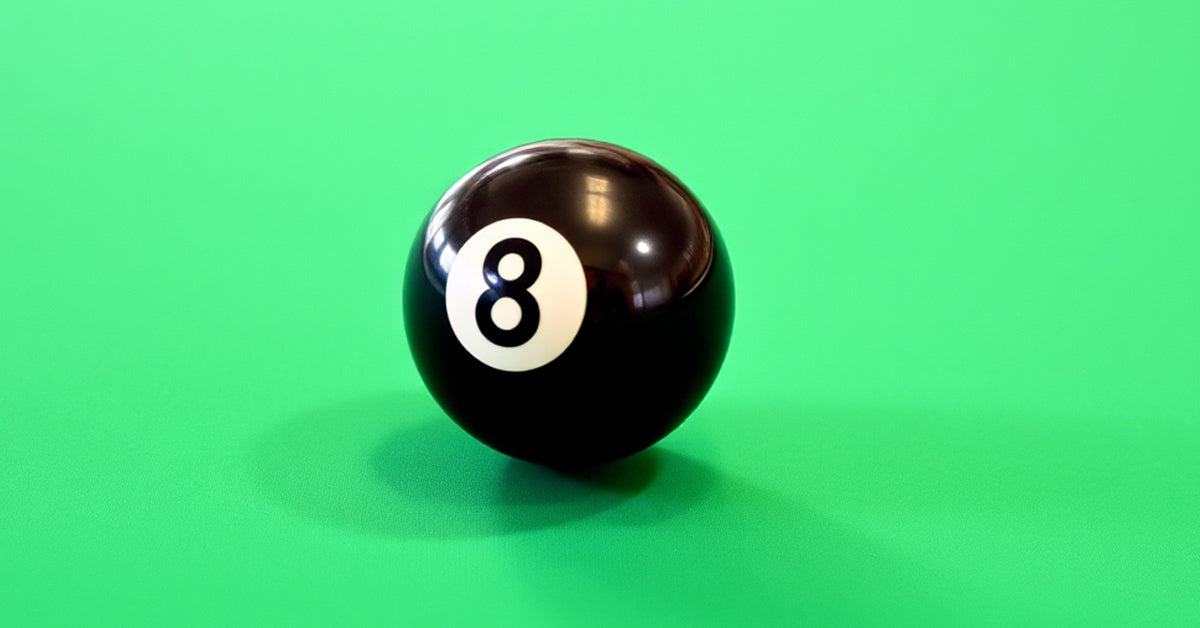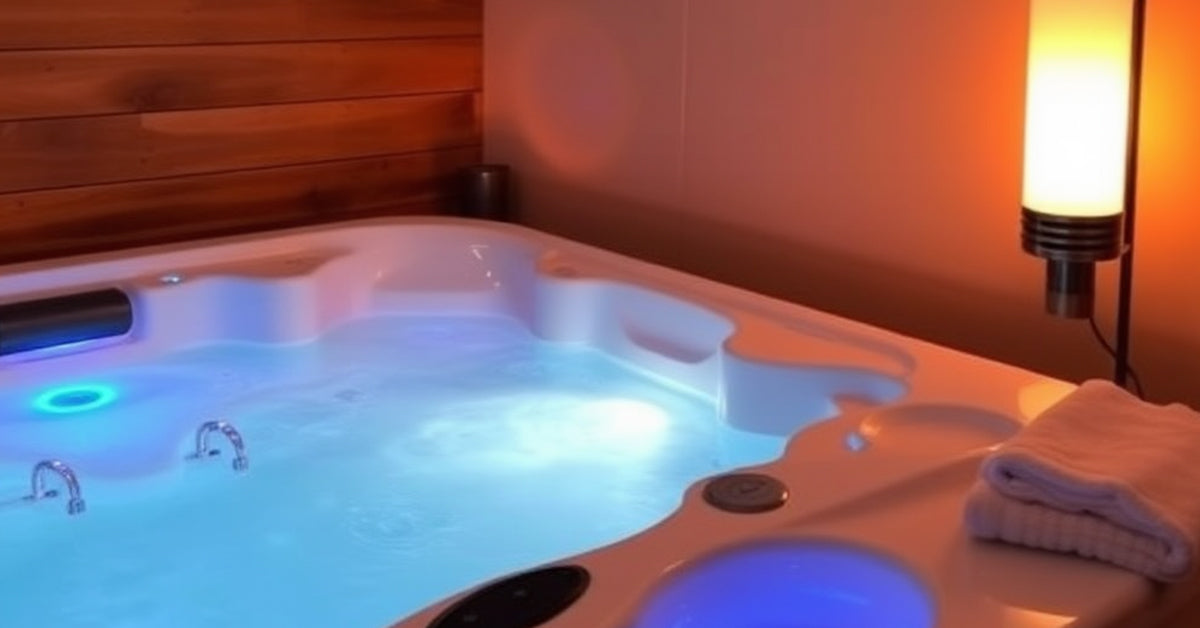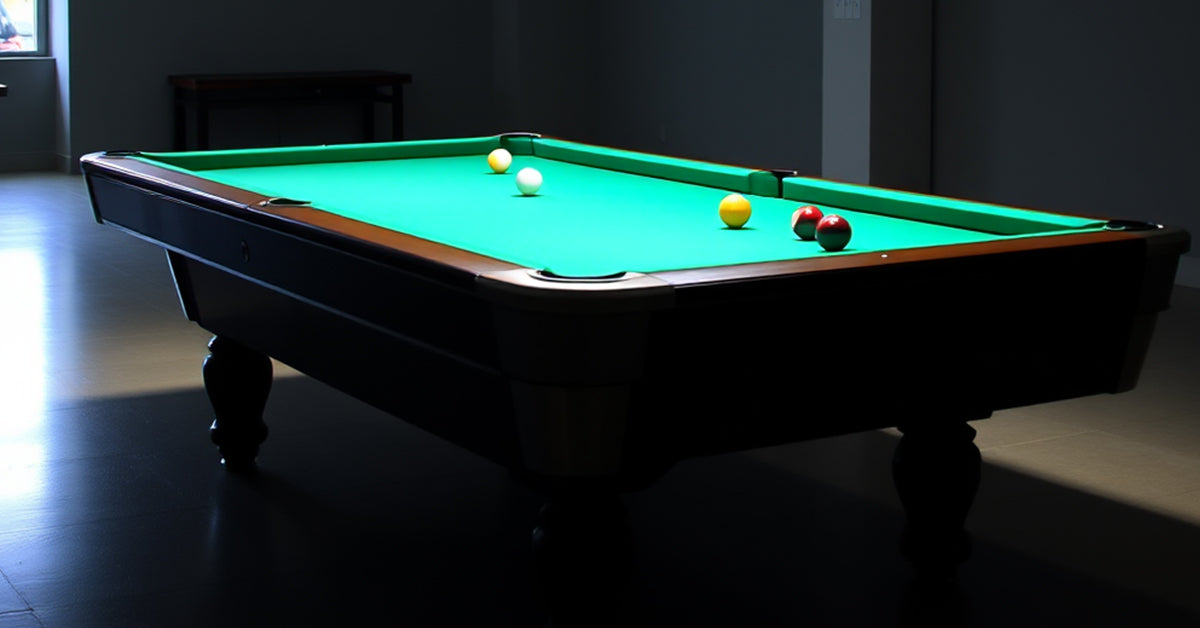A pool table is more than just a piece of furniture—it's a centerpiece for entertainment, a catalyst for social gatherings, and a platform for honing your skills. However, like any cherished item, a pool table can encounter issues over time. Understanding these common problems and knowing how to address them can keep your table in top condition and ensure countless hours of enjoyable play. In this article, we'll explore some of the typical challenges pool table owners face and offer practical solutions to keep your game running smoothly.
The Unlevel Table: When the Balls Have a Mind of Their Own
Have you ever noticed the balls on your pool table drifting to one side, even when you swear you've made a straight shot? An unlevel table can turn a friendly game into a frustrating experience.
Why It Happens: Over time, the floor beneath your table may settle, or the table itself might shift slightly due to heavy use or accidental bumps. Even a slight imbalance can affect gameplay significantly.
How to Fix It:
- Check the Level: Place a carpenter's level in various positions on the table—lengthwise, widthwise, and diagonally—to determine where adjustments are needed.
- Adjust the Legs: Many pool tables come with adjustable legs. Gently turn the leg adjusters to raise or lower each corner until the table is perfectly level.
- Use Shims: If your table doesn't have adjustable legs, wooden or composite shims can be placed under the legs to achieve balance.
- Professional Help: For a foolproof solution, consider hiring a professional technician who can expertly level your table.
Worn-Out Felt: The Silent Game Changer
The felt on your pool table plays a crucial role in the speed and accuracy of your shots. Over time, it can become worn, torn, or stained, affecting both the look and functionality of your table.
Signs of Trouble:
- Visible tears or holes
- Frayed edges or thinning areas
- Stains or discoloration that won't come out with cleaning
Reviving Your Felt:
- Regular Maintenance: Keep your felt clean by brushing it after each use and using a specialized pool table vacuum occasionally.
- Spot Repairs: Small tears or frays can sometimes be repaired with fabric glue designed for pool table felt.
- Re-felting: When the felt is beyond minor repairs, it's time for a replacement. While DIY kits are available, hiring a professional ensures a flawless finish without wrinkles or bubbles.
Dead Cushions: When the Bounce is Gone
The cushions—or rails—of your pool table are essential for predictable ball rebound. If you've noticed that the balls aren't bouncing off the rails as they should, you might be dealing with dead cushions.
Causes:
- Age-related deterioration of the rubber cushions
- Exposure to extreme temperatures or humidity
- Poor-quality materials used in the original construction
Bringing Back the Bounce:
- Diagnosis: Press down on the cushions with your thumb. They should feel firm yet springy. If they're hard or overly soft, replacement is likely needed.
- Replacement: Cushion replacement involves removing the rails, stripping off the old cushions and felt, and installing new ones. This is a precise task best left to professionals.
- Prevention: Maintain a stable environment around your pool table to prevent premature cushion wear. Keep the room at a consistent temperature and humidity level.
Pocket Problems: More Than Just a Cosmetic Issue
Worn or damaged pockets can affect the flow of the game and pose safety risks if balls get stuck or fall through.
Common Issues:
- Torn or sagging netting
- Loose or broken pocket irons
- Leather pockets that have become dry and cracked
Solutions:
- Repair: Minor tears in netted pockets can be stitched or glued back together. Leather conditioners can rejuvenate dry pockets.
- Replace: For significant damage, replacing the pockets might be the best option. Ensure you purchase pockets compatible with your table's make and model.
- Professional Installation: Proper installation is key to ensuring pockets are secure and functional.
Slate Damage: Cracks in the Foundation
The slate bed is the heart of your pool table, providing the flat surface necessary for accurate play. Damage to the slate can severely impact gameplay.
Indicators of Slate Issues:
- Cracks or chips visible on the playing surface
- Unusual sounds when balls roll over certain areas
- Uneven playing surface despite the table being level
Addressing Slate Problems:
- Minor Repairs: Small chips can sometimes be filled with beeswax or a specialized slate repair compound, then sanded smooth.
- Professional Assessment: For cracks or significant damage, it's essential to consult a professional. They can determine whether the slate can be repaired or needs replacement.
- Handling with Care: Always move your pool table properly. Never attempt to move it in one piece; disassemble it to protect the slate from stress and cracks.
Structural Woes: Wobbly Legs and Frame Issues
A sturdy frame and stable legs are fundamental for a solid pool table. If your table wobbles or feels unstable, it's time to take action.
Potential Causes:
- Loose bolts or screws connecting the frame and legs
- Wood warping due to moisture or temperature fluctuations
- Damage from improper moving or excessive weight on the table (like sitting on it)
Stabilizing Your Table:
- Tighten Up: Inspect all hardware and tighten any loose bolts or screws.
- Reinforce: Add brackets or braces to strengthen weak joints.
- Professional Repair: Significant structural issues may require carpentry skills or professional restoration to ensure safety and stability.
The Battle Against Chalk and Dust
Over time, chalk dust and debris can accumulate on your table, affecting both its appearance and the smoothness of the playing surface.
Keeping It Clean:
- Regular Brushing: Use a soft-bristled pool table brush to remove chalk dust after each session. Brush gently in straight lines from one end to the other.
- Vacuuming: Occasionally vacuum the felt using an upholstery attachment on a low setting to lift embedded dust and debris.
- Environmental Control: Keep food, drinks, and pets away from the table to minimize spills and fur accumulation.
Cue Care: Don't Forget the Accessories
Your pool table isn't the only equipment that needs attention. Pool cues, balls, and racks also play a significant role in your game.
Cue Maintenance:
- Straight Storage: Store cues vertically in a cue rack to prevent warping.
- Tip Top Shape: Replace worn cue tips and keep them shaped and scuffed for optimal contact with the cue ball.
- Cleanliness: Wipe down cue shafts with a damp cloth to remove oils and chalk residue.
Ball Care:
- Regular Cleaning: Clean your pool balls with warm water and a mild detergent to keep them shiny and rolling true.
- Inspection: Check for chips or cracks that could damage your table or affect gameplay.
Preventive Measures: Keeping Problems at Bay
An ounce of prevention is worth a pound of cure. By taking proactive steps, you can minimize the likelihood of encountering these common pool table problems.
Environment Matters:
- Stable Climate: Keep your game room at a consistent temperature and humidity level to protect the table's materials.
- Sunlight Protection: Avoid placing the table in direct sunlight, which can fade the felt and dry out wooden components.
Proper Use:
- Respect the Table: Encourage players not to sit or lean heavily on the table, which can stress the frame and slate.
- Educate Users: Share guidelines on proper cue handling to prevent accidental damage to the felt or cushions.
Regular Check-Ups:
- Routine Inspections: Periodically check your table for signs of wear or damage, addressing small issues before they become significant problems.
- Professional Maintenance: Consider scheduling annual maintenance with a professional to keep your table in prime condition.
When to Call in the Experts
While DIY fixes are feasible for some pool table issues, certain situations require professional expertise.
Seek Professional Help When:
- Slate Needs Replacement: Handling and installing slate is a delicate process best left to professionals.
- Major Structural Repairs Are Needed: Structural integrity is crucial for safety and gameplay quality.
- You're Unsure: If you're not confident in diagnosing or fixing a problem, a professional can provide peace of mind and prevent further damage.
Final Thoughts: Keeping the Game Alive
Your pool table is a source of joy and camaraderie, and taking care of it ensures that it remains a beloved fixture in your home. By understanding common pool table problems and their solutions, you can tackle issues head-on and maintain the table's performance and appearance.
Remember, regular maintenance isn't just about fixing problems—it's about preventing them. With a little care and attention, your pool table can provide smooth, exciting gameplay for years to come. So grab your cue, gather your friends, and enjoy the game, knowing your table is in its best possible shape.
Have you encountered any of these pool table problems? Share your experiences and solutions in the comments below. Let's keep the conversation—and the games—going!


